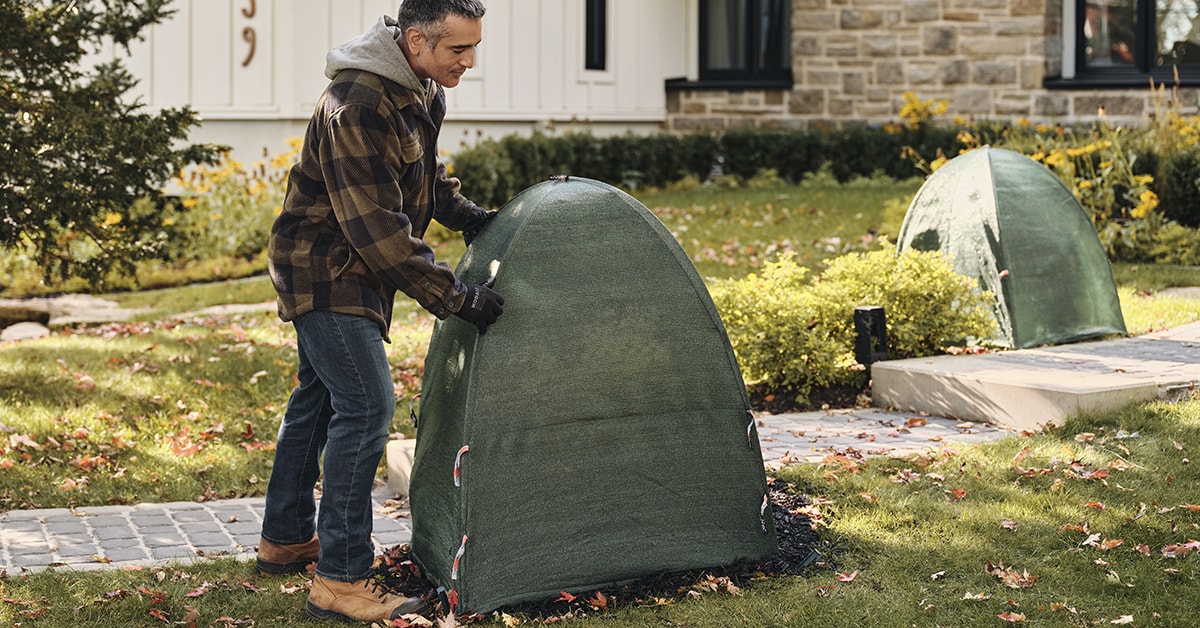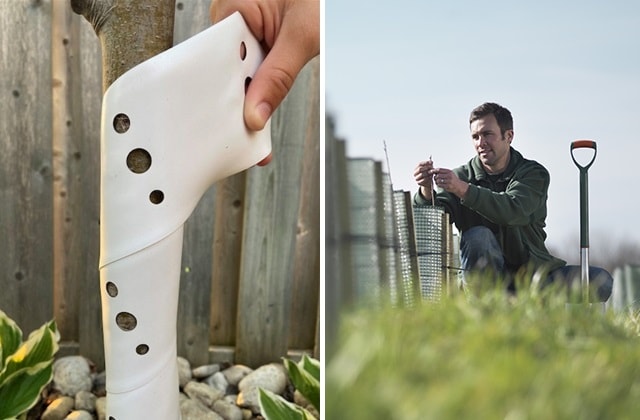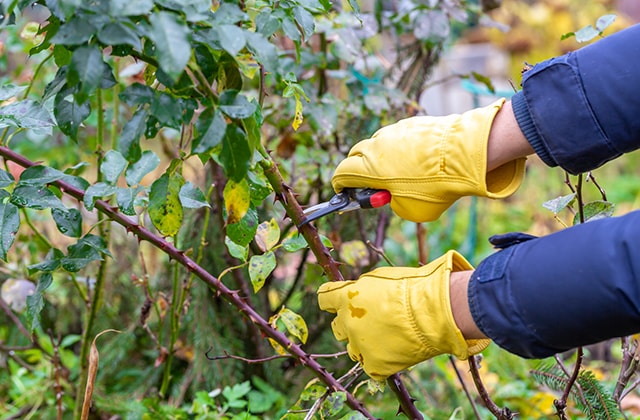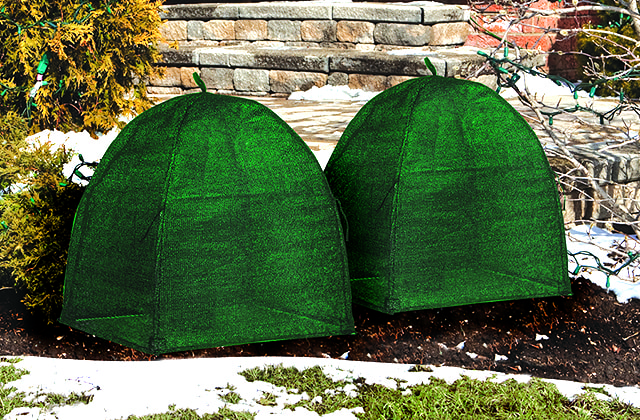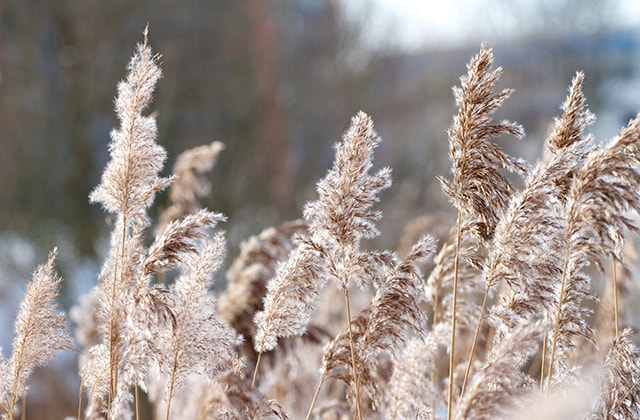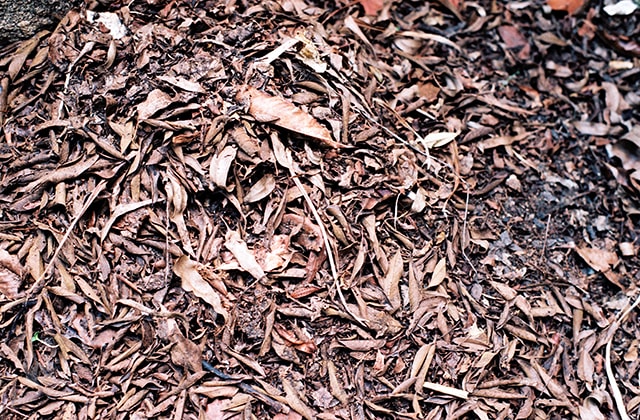Before You Start
- the region or plant hardiness zone;
- the hardiness of the tree, shrub, or plant in question;
- wind exposure;
- plant age; and
- exposure to snow from a snow blower or to de-icing salts.
Plants well adapted to site conditions, sheltered from the wind, placed away from the road, and planted a number of years ago will have a better chance of survival, even without protection! Carefully selecting and positioning your plants from the start could save you a lot of work in terms of winter protection.












